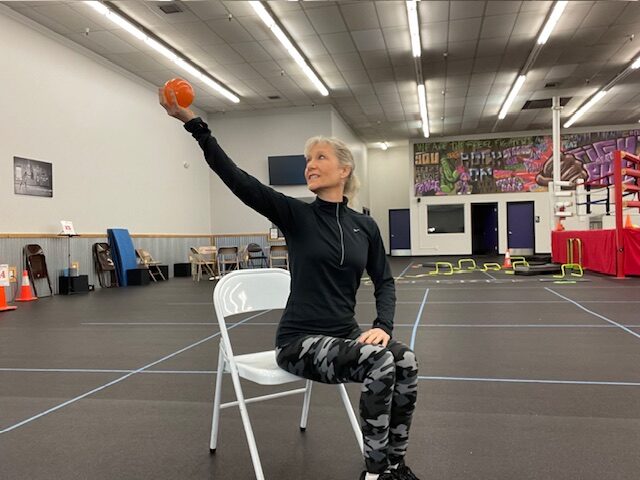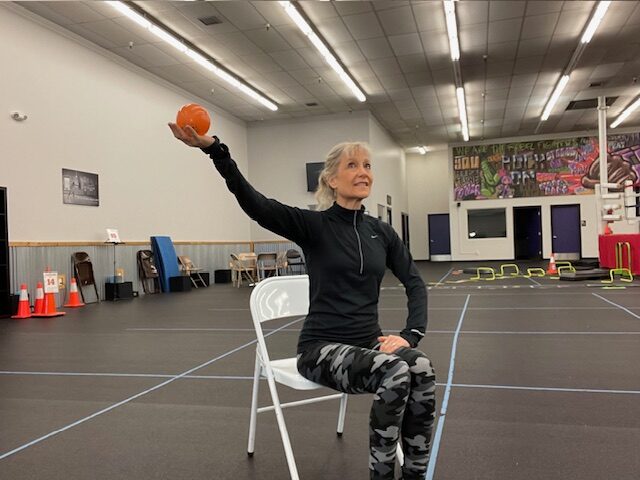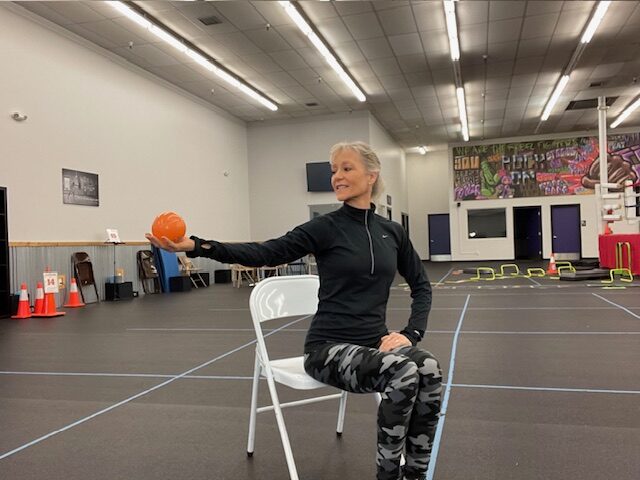
People with Parkinson’s disease may have a variety of complaints related to their vision, such as trouble reading, double vision, and dry eyes. While these issues don’t affect every person with PD, it is important to know what the different issues are and that there are a variety of ways to treat them.
Parkinson’s Can Affect Your Eye Movement
There are three fundamental types of eye movements:
- Pursuit eye movements allow the eyes to travel together to follow a moving target in the horizontal or vertical direction.
- Saccadic eye movements are rapid eye movements that allow the eyes to quickly jump to a new target. With PD, this movement tends to be slow, making reading difficult if the eyes are unable to find the next line. With dyskinesia, the saccades can become fast and erratic.
- Vergence eye movements: When a target comes toward a person, the eyes must move slightly together, or converge, to keep vision of the target clear. When problems arise with this type of eye movement, it’s called convergence insufficiency, which can cause double vision.
You can imagine why eye movement issues can also cause balance problems, since we tend to heavily rely on our vision to tell us where we are in space.
Lack of neck mobility also affects balance. Imagine hearing a noise, but you’re not able to turn your head or track with your eyes, so you have to move your whole body and then you throw off your balance and fall. It’s all connected.
This exercise is great for practicing eye tracking, using your peripheral vision, and turning your neck and head in different directions.
Watch this video to learn how to do these great
Parkinson’s eye exercises to improve your balance:
Here are the step-by-step Instructions for this exercise:
Step 1:
For safety, start in a chair. Sit at the edge with good posture. Hold a small object like a ball in one hand.
Look at the ball, then move the ball down to your side while keeping your eyes looking straight ahead, using only your peripheral vision to establish its location. Then turn your head to look at the ball and turn your eyes back to the straight-ahead starting position.
Then, bring the ball straight out to the side, turn your head to look at the ball, and turn your head back to straight ahead. Lastly, bring the ball up and behind just enough to see the ball in your periphery with your head straight ahead. Turn and look at the ball and then turn your head straight ahead.

Step 2:
Turn only your eyes to see the ball in different directions. You may have to put your finger on your nose to keep from turning your head.

Step 3:
Track the ball the whole time with your eyes, neck, and head by turning to look at the ball and moving your arm in all three arm positions.


Repeat on the other side with the other arm.
Practice this daily—it is part of a bigger plan to help with balance!
**** Be sure to keep all of these movements in a pain-free range. If you are having dizziness and/or problems with your vision, you should ask your neurologist to refer you to a neuro-ophthalmologist. Their expertise in neurology and ophthalmology can diagnose and treat a wide variety of problems. Also, there are physical therapists trained to treat brain/eye/ear balance issues. There is always HOPE for your balance and vision issues.

Ready to take back your fight?
Contact me to get started in Kimberly Berg’s Rebel Fit Club Parkinson’s Boxing classes today. We have online workouts, too!
Subscribe now to get more tips and exercises for Parkinson’s delivered right to your inbox!